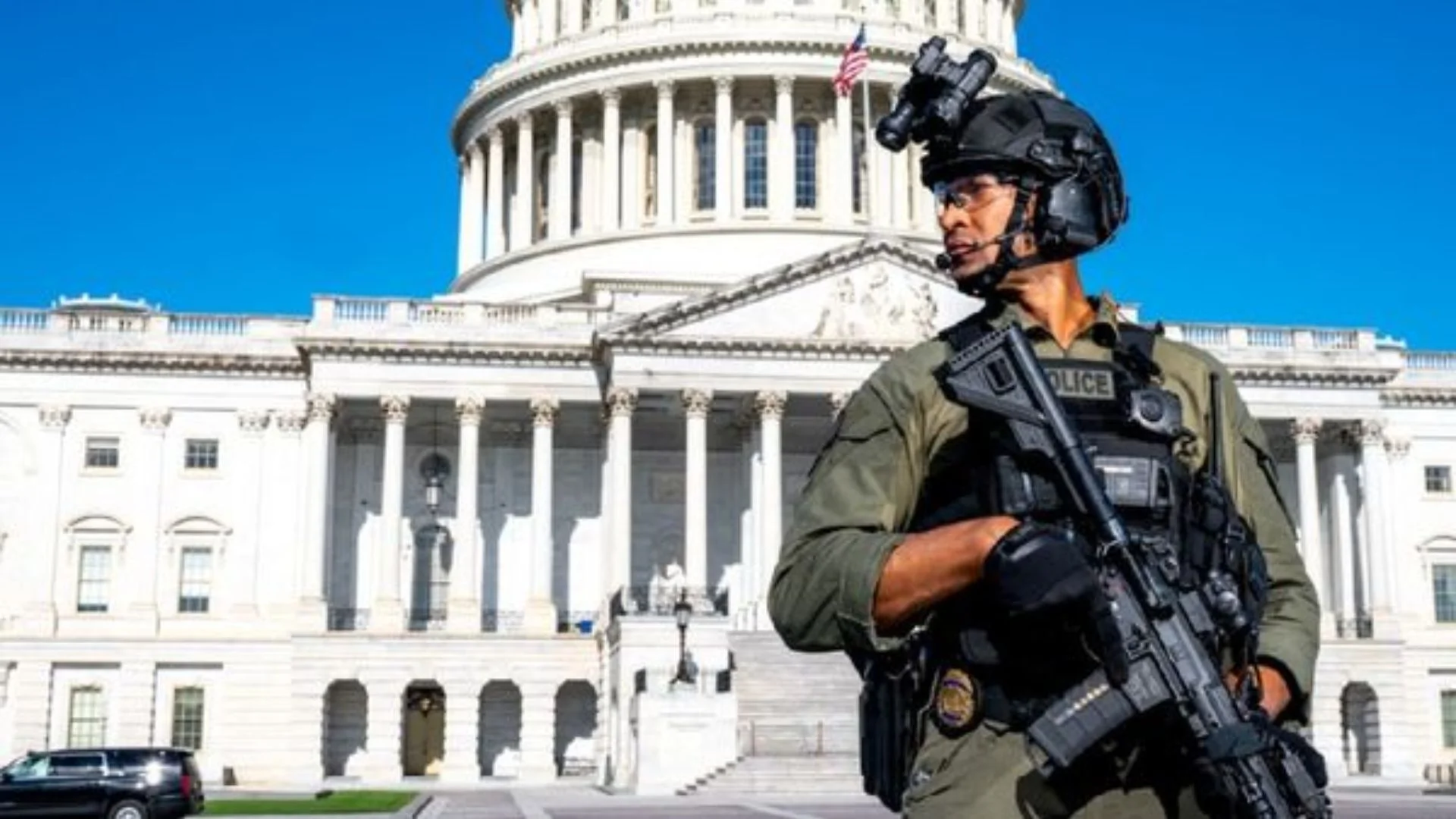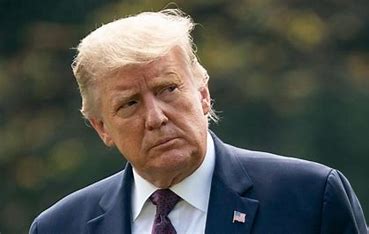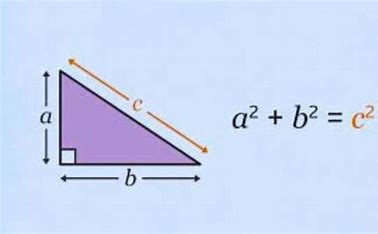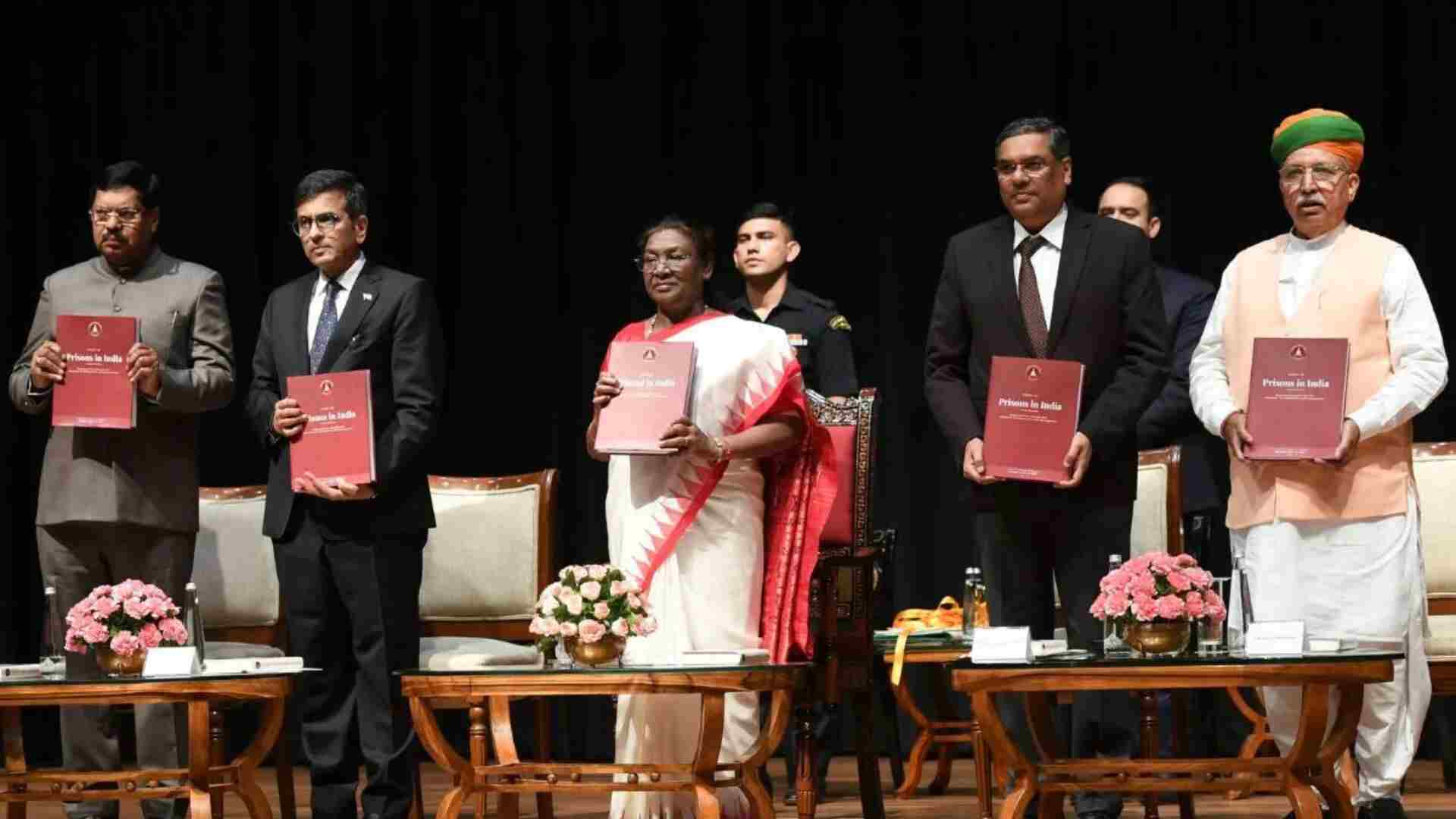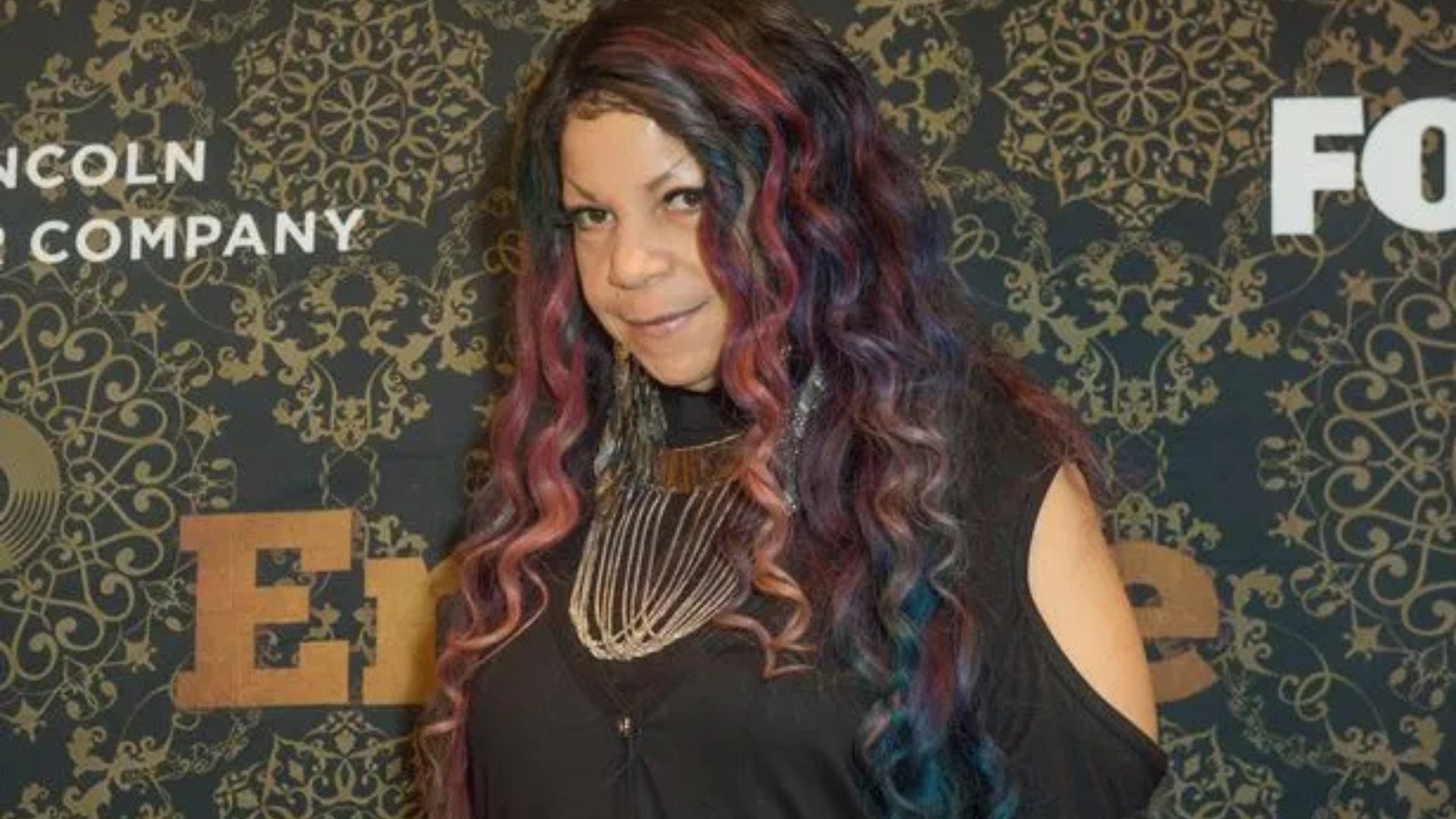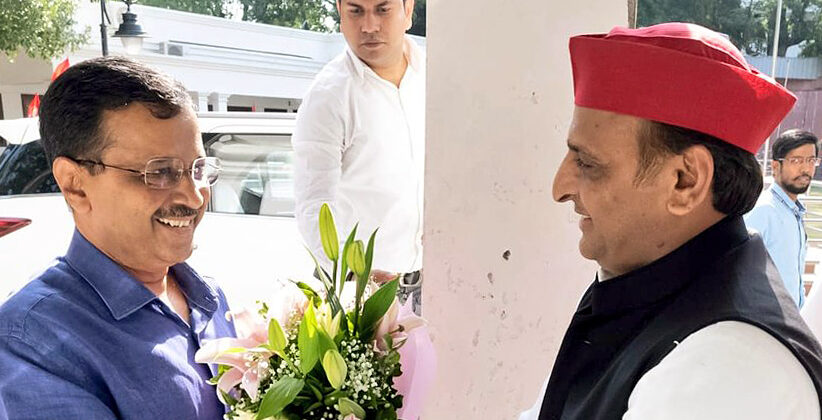
The exercise to forge unity among parties opposed to the Bharatiya Janata Party (BJP) has been continuing for more than a year now, and as the next Lok Sabha election is just about 10 months away, these moves have gained an urgency that is understandable. It is significant that the Congress actually never initiated such unity campaigns, but always supported them when launched by other parties. The message had always been clear that those non-BJP parties who wanted a strong Opposition prior to the 2024 election, must make up their minds in advance whether they were ready to accept the position of the Congress as the leader of the group–like the UPA (United Progressive Alliance) experiment that succeeded in coming to power in 2004.
The present members of UPA are DMK, JD (U), Shiv Sena (UBT), NCP, RJD, IUML, JKNC, JMM, MDMK, RSP and some other small parties. Other parties which have since withdrawn from UPA are TRS (now BRS), MDMK, BSP, PDP, PMK, AIMIM, TMC, JVM-P and SJ-D (these parties withdrew from UPA on different issues between 2006 and 2014.) Significantly, the Samajwadi Party has never been a part of the UPA, but gave conditional support to the UPA, the notable exception being the nuclear deal with the US. However, now the Samajwadi Party, headed by Akhilesh Yadav, who was Chief Minister of UP for one term from 2012 to 2017, has acquired the status of the only party of some consequence in UP where the Congress and the Bahujan Samaj Party have moved to the margins of the political discourse—partly due to their own doing and partly because of the rise and strength of the BJP.
Much wooed
It is, therefore, not surprising that Akhilesh Yadav remains the only leader worth wooing for all those seeking a national anti-BJP front. Bihar Chief Minister Nitish Kumar came to Lucknow in April to seek the latter’s support in forming the Opposition front before 2024. Delhi CM Arvind Kejriwal came to Lucknow to seek the latter’s support against the ordinance on Centre’s power over services in Delhi.
On his part, Akhilesh appears more in line with Mamata Banerjee’s suggestion that parties having a strong presence in respective states should be allowed to contest maximum seats in those states, and that such parties should not contest against the Congress where the latter is stronger and has better chances of winning. The Samajwadi Party had an alliance with the Congress in the 2017 Assembly election, and the results were disastrous for it. The party won only 47 seats–the lowest since the party’s inception–whereas the Congress won only 7, despite a high-decibel and high-visibility campaign by both Akhilesh Yadav and Rahul Gandhi.
The duo’s campaign was widely publicised as the coming together of two “youth leaders” in UP.
Since then, the two parties have drifted apart, though the Samajwadi Party showed some consideration for the other party by not putting up candidate against Sonia Gandhi in 2019 Lok Sabha election. But at the national level, Akhilesh Yadav has not been vocal about Congress and has refrained from commenting on its role. His only comment has been: Congress should decide on its own role in Opposition unity… since it is a national party.
At present, the Samajwadi Party has five members in the Lok Sabha, three members in Rajya Sabha while Kapil Sibal is supported by the party. Its strength in the UP Assembly is 111 members. It is second to the BJP in all these respects, despite the small numbers, and on the ground, it is the only Opposition party raising issues and locking horns with the ruling BJP in UP. Akhilesh Yadav has also retained an aggressive and incisive edge while attacking the BJP, though his party has been trying to shed the image of being pro-Muslim, since his government had been accused of pursuing an appeasement policy towards this community.
Political baggage
Being pursued by two chief ministers who seek his support, being invited to Opposition conclaves organised by other states’ leaders in the past, and having a clout among the Yadav and OBC community in Uttar Pradesh as a result of the long and deep influence of his late father Mulayam Singh Yadav, Akhilesh Yadav may appear to be the future hope for the Opposition, but this comes with a lot of baggage.
First, having him at the centre of a UP-centric strategy means keeping Mayawati’s BSP out. This sends out an unpalatable message of Dalits being ignored. Second, the long association of prominent Muslim leaders in Uttar Pradesh with this party and the attendant appeasement charge has been keeping large sections of the Hindu community away from it.
Third, the Congress has been trying for a revival in this huge state, and a strong Samajwadi Party conflicts with this objective. Priyanka Gandhi Vadra had been the state’s in-charge for a long time and she, among other Congress parties, were often at a loss of words when asked about their views towards the Samajwadi Party during the 2019 Lok Sabha or 2022 Assembly elections. And lastly, the Samajwadi Party’s performance in successive elections or by-elections since it lost power in 2017 does not exactly convince other Opposition parties whether it can be a worthy partner in denting the BJP in 2024. Because of the large number of seats in Lok Sabha, Uttar Pradesh has always looked full of promise to all parties wanting to make a national presence. True to this belief, parties such as the Left, AIMIM, Shiv Sena, JD (U), RJD and AAP have, at one time or the other, joined the electoral arena in this state in the past–with varying results. It had never been a two-party state but the BJP, with its massive wins since 2014, might just be forcing the political narrative in a direction where only one party–the fittest, so to say–could survive against it.
Turning aggressive
It is to bolster the Samajwadi Party’s image of being a worthy opponent to the BJP that Akhilesh Yadav is now turning aggressive against Chief Minister Yogi Adityanath on the front of crime and maintenance of law and order–the major planks on which Yogi won an unprecedented second term in 2022. He realises that it is almost impossible for the Samajwadi Party to shed the minority appeasement tag, or to match Yogi’s Hindutva tag–visible so prominently in the latter’s attire himself. In almost all elections in the past two decades, crime, law and order have been crucial factors in deciding the result–be it the defeat of Mulayam’s Samajwadi Party in 2007, Mayawati’s BSP in 2012, Akhilesh’s Samajwadi Party in 2017 and the repeat victory of Yogi’s BJP in 2022. Akhilesh is banking heavily on this as is indicated by the increasing references in his statements to crime cases.
As for the Samajwadi Party’s role in any proposed all-India Opposition front, it appears unlikely that Congress or Samajwadi Party will be willing to accommodate each other in terms of seat adjustment. Both parties would like to contest all 80 seats independently. Interestingly, the Samajwadi Party had also contested in many seats in the recent Karnataka Assembly election, losing them all badly. Akhilesh Yadav had actually cut short his campaign for the urban local bodies’ election in Uttar Pradesh to rush to Karnataka to campaign there. There was no report of Samajwadi Party and Congress having even considered an adjustment in Karnataka.
The Samajwadi Party has its party and command structure in place in UP, whereas the Congress is yet to put its state unit in order. There are reports that Priyanka Gandhi Vadra may be moved to a bigger national role and the charge of UP could be given to someone else.
The Samajwadi Party has also started having meetings related to preparedness for the 2024 election. In the most likely scenario, the Samajwadi Party may yield some in Madhya Pradesh and Maharashtra where it used to have some MLAs in the past. But in the larger context, it cannot afford to appear to play second fiddle to the Congress. The formula put forward by Mamata Banerjee and K.C. Rao of the BRS about Opposition unity not being unrelated to local equations best suits Akhilesh Yadav as well.
The writer has been editor of many prominent newspapers, and is now a columnist.
